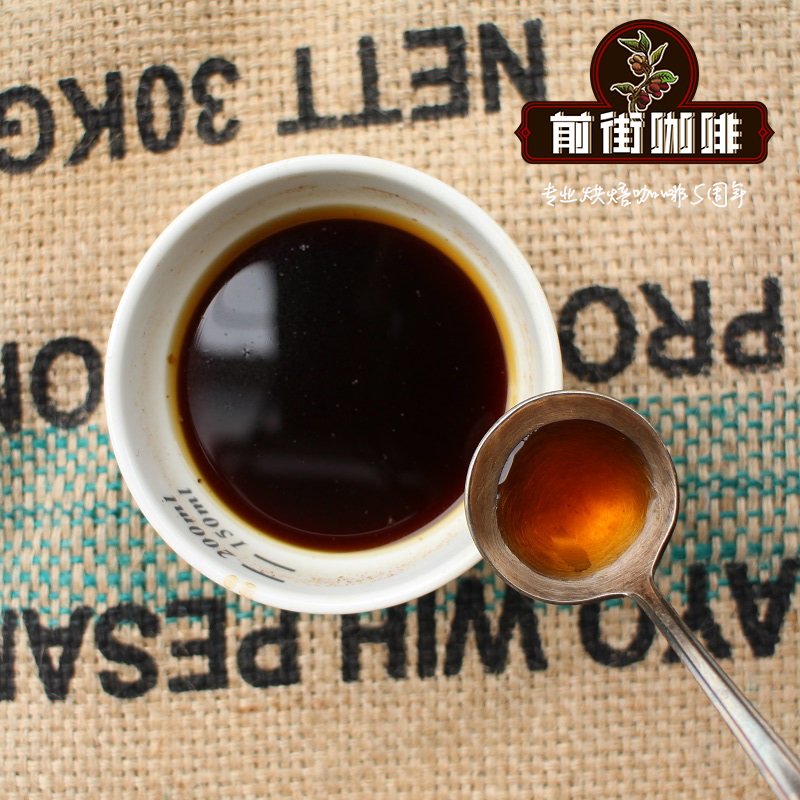Coffee producing areas what are the coffee producing areas in China?

Professional coffee knowledge exchange more coffee bean information please follow the coffee workshop (Wechat official account cafe_style)
With the equator as the center, in the tropics and subtropics between latitudes of about 25 degrees south and north, it is the most suitable area for growing coffee. However, good forests can not be cultivated anywhere in the region. The three major coffee growing areas in this section are: Asia-Pacific, Latin America and Africa. What these areas have in common is that the temperature and annual rainfall are about the same, and there is plenty of sunshine and fertile soil.
The main cultivated species are Arabica and Robusta, of which Arabica accounts for about 2/3 of the world coffee production. This kind of raw bean is not suitable for the environment of high temperature, low temperature, more rain and less rain. it is oval and flat; it is characterized by high quality and mellow taste. Arabica coffee beans, also known as Arabica Fruit Coffee, are small in size, slightly oval in shape, curved in the center, average in size and glossy in color. Most of the Roboda coffee beans, also known as stout coffee, are large and round, with straight cracks in the center, and are mainly produced in Uganda, Ivory Coast, Congo, say, Angola and other countries.
Major coffee producers in Asia and the Pacific:
Taiwan's well-known Gukeng in Yunlin County, Huisun in Nantou County, and Dongshan Township in Tainan County; Mokashanani in Arabian Yemen; Java, Mantenin, and civet coffee in Indonesia; Yunnan coffee and Hainan coffee in Chinese mainland; and coffee in India, Vietnam, Hawaii and other countries.
Major coffee producers in the Latin American region:
Brazil's Santos Coffee is famous; Jamaica's most famous is the Blue Mountain Coffee, known as the "best coffee"; coffee is also produced in Mexico, Panama, Peru, Colombia, Guatemala, Costa Rica, Cuba, Venezuela, Nicaragua and other Latin American countries.
Major coffee producers in the African region:
Africa is the birthplace of coffee, and there are naturally many coffee-producing countries. Coffee is produced in Congo, Luanda, Kenya, Angola, Zimbabwe, Mozambique, Ethiopia and other countries.
Important Notice :
前街咖啡 FrontStreet Coffee has moved to new addredd:
FrontStreet Coffee Address: 315,Donghua East Road,GuangZhou
Tel:020 38364473
- Prev

Six brewing techniques that coffee beginners need to know to improve coffee flavor
Professional coffee knowledge exchange more coffee bean information Please follow the coffee workshop (Wechat official account cafe_style) A cup of coffee is a refreshing and refreshing partner for many people every day. Whether they are workers or socialites, many young people like to have a cup of iced American coffee and iced latte, which not only brings a trace of clarity to the mind, but also does not forget to leave a little taste of life for themselves.
- Next

How to grow coffee Coffee growing conditions
Professional coffee knowledge exchange More coffee bean information Please pay attention to coffee workshop (Weixin Official Accounts cafe_style) coffee tree planting knowledge Coffee trees grow in tropical areas between the Tropic of Cancer and the Tropic of Cancer and near the equator, also known as the world coffee growth belt, coffee trees because of varieties and regional factors, in appearance also have great differences. Long green leaves from yellow green to dark green or very green
Related
- Beginners will see the "Coffee pull flower" guide!
- What is the difference between ice blog purified milk and ordinary milk coffee?
- Why is the Philippines the largest producer of crops in Liberia?
- For coffee extraction, should the fine powder be retained?
- How does extracted espresso fill pressed powder? How much strength does it take to press the powder?
- How to make jasmine cold extract coffee? Is the jasmine + latte good?
- Will this little toy really make the coffee taste better? How does Lily Drip affect coffee extraction?
- Will the action of slapping the filter cup also affect coffee extraction?
- What's the difference between powder-to-water ratio and powder-to-liquid ratio?
- What is the Ethiopian local species? What does it have to do with Heirloom native species?

